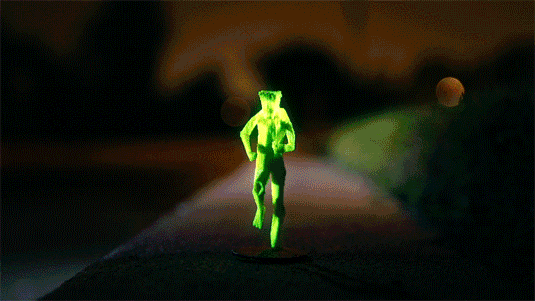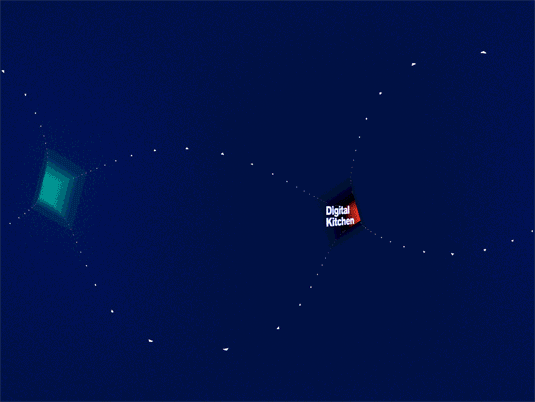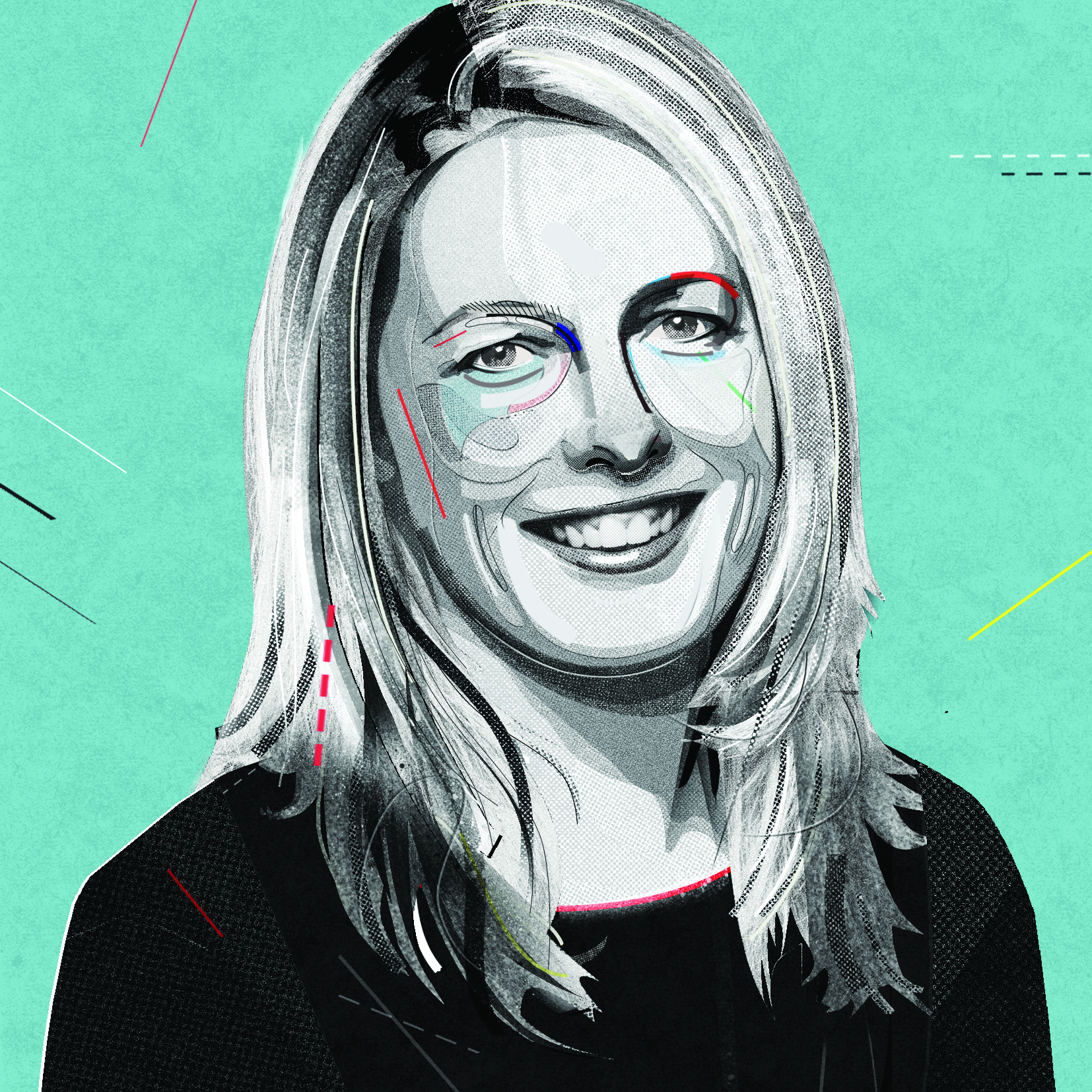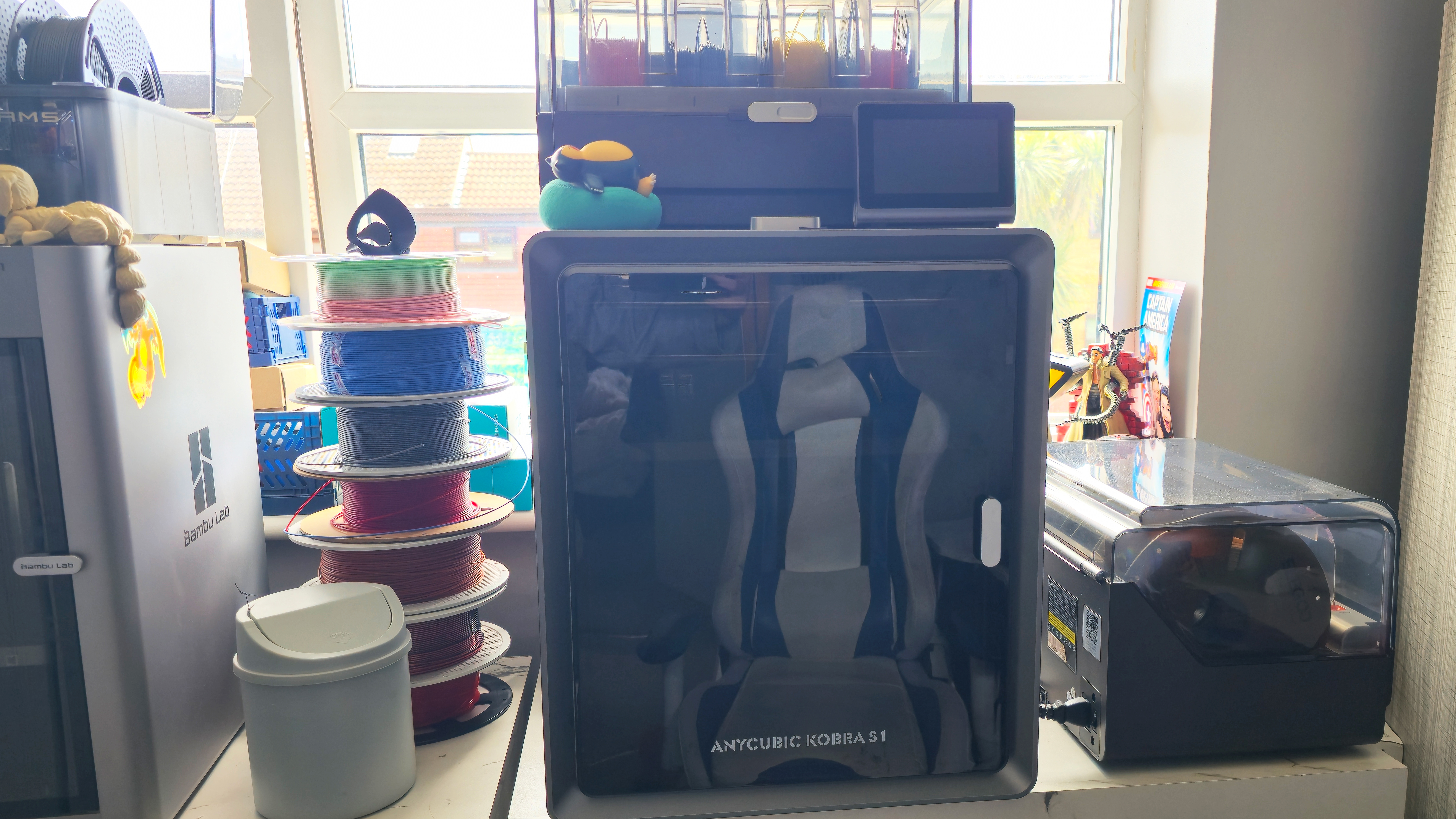How to get clients to pay for your experimentation
OFFF 2015: Short on budget and time? Use your client projects to push your creative boundaries, says designer Mau Morgo
In a world saturated with visual distractions how can you stand out as a creative? With increasing client expectations and ever-faster project turnarounds, is it even possible to find time to experiment and push your work forward?
Yes, according to Spanish graphic designer and visual artist Mau Morgo. The internet might have globalised graphic design, he says, when we catch up with him on the second day of Barcelona's biggest creativity conference OFFF 2015, but it's still possible to find your own style.
Morgo is one of the most exciting creatives emerging from the Spanish design scene. His work is dark, mysterious and ambitious, fusing new tools with experimental techniques to fascinating effect.
Here, Morgo – who cut his teeth at renowned global design agency Mucho before going freelance – tells us how he avoids creative block, and how client projects can be the perfect ground for pushing creative boundaries, if you know how…
Your music video for Spoon is inspired. What's the concept?
It's future 2.0 crazy christian churchgoers hacking through the internet into people's brains, and replacing family memories with religious thoughts, transforming them into the true disciples of the Lord Jesus Christ.
It's a darkish, satirical music video based on a speculative fiction that examines a modern way of brainwashing through technology. I'm quite obsessed with the future of technology, especially when we start implementing sensors and microchips to our bodies – that's going to be crazy. Imagine a Charles Manson of the future hacking into people's brains: that's it.
How do you find an original path and avoid creative block?

Creative blocks – those are a pain in the ass. To overcome it, I normally explain the project to some friends. That helps me a lot to understand the project, and usually they come with a different idea that can help you a lot.
Get the Creative Bloq Newsletter
Daily design news, reviews, how-tos and more, as picked by the editors.
But sometimes we're lucky enough to have waves at our local beach. Surfing solves all the problems and unblocks the mind. That's my best solution.
How does experimentation push your practice forward?

Experimentation forces you to look things from a different point of view and approach projects in a different way. I don't want to get bored of my job – always doing the same thing can be really exhausting, and I'm sure it can cause brain damage.
The feeling of not knowing what you're doing, and then finishing a project and knowing you've learned a new technique you can use in other things? That can only be achieved through experimentation.
What advice would you give others for finding time to experiment – instead of just focusing on paying the bills?

I'm maybe not the correct person to give advice, but you should really try to get clients to pay for your experimentation. Tell them you really know what you're doing, promise things you have no idea you can do, research a lot and make them happen.
How do you persuade clients to pay for your experimentation?
A perfect example was with the Laus project. The brief was actually quite easy: they wanted to drift their campaign into something more edgy, bold and experimental.
When they called me I was in south Morocco on a surf trip with a friend, and while driving I was thinking about the project. Suddenly I thought it would be great creating this golden statue holding a book, a smart phone, a music record, as if design had transformed them into gold, like the myth of King Midas.
I promised the client over the phone I could 3D scan real people, turn them into gold and implement them into real photographs.
I had no idea how, but there are tons of tutorials explaining you how to do it with a Kinect, so I convinced myself I could. Once they approved the project I researched and found a 3D scanner that could work, bought it online and started learning through the internet.
Did leaving your comfort zone pay off?
Before having the final result I failed tons of times. Scans didn't come out perfectly and there was no resolution… I learned that these scans only work indoors, and with a good lighting scans have more resolution.
It can be very frustrating and stressful but once you get it you feel great, and you've learned tons of important things. Sometimes you have to get out of your comfort zone and risk it. I also did this with the Cut copy music video – I had no idea how to 3D print, but the internet community helped me a lot.
What one piece of advice would you give to a new designer at the start their career?
Quit your job, take risks and fail. You will learn a lot.
Get up to 10 issues of Computer Arts free!

To celebrate OFFF Barcelona 2015, Computer Arts is offering all overseas readers the opportunity to get up to a huge 10 free issues of the world's best-selling magazine for designers, with a two-year subscription. Offer ends 15 June.
Words: Julia Sagar
Liked this? Try these...
- 12 killer tips for freelance success
- How to create your best-ever branding
- The designer's guide to working from home

Thank you for reading 5 articles this month* Join now for unlimited access
Enjoy your first month for just £1 / $1 / €1
*Read 5 free articles per month without a subscription

Join now for unlimited access
Try first month for just £1 / $1 / €1

Julia is editor-in-chief, retail at Future Ltd, where she works in e-commerce across a number of consumer lifestyle brands. A former editor of design website Creative Bloq, she’s also worked on a variety of print titles, and was part of the team that launched consumer tech website TechRadar. She's been writing about art, design and technology for over 15 years.
